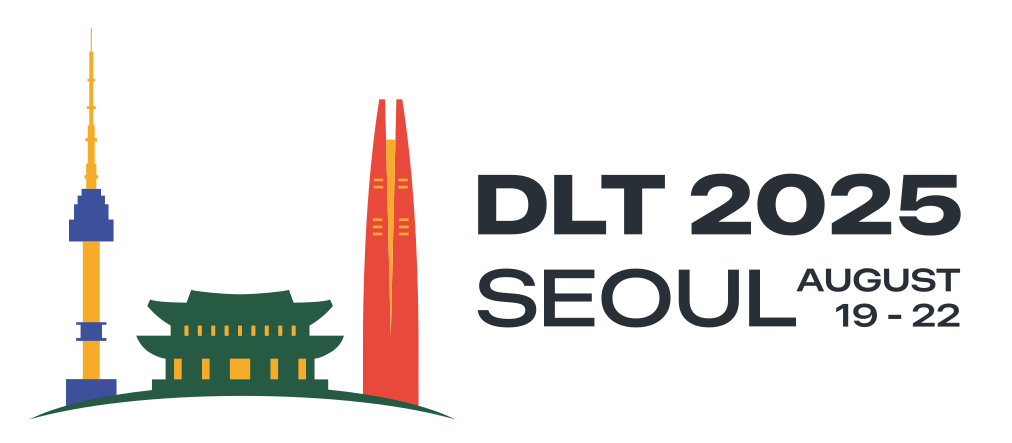Venue
Conference Venue
DLT 2025 will be held in Room 307 of the Centennial Memorial Hall. Please refer to the campus map below for directions. Note that point A. Front Gate on the left side of the map indicates the main entrance to the University of Seoul.
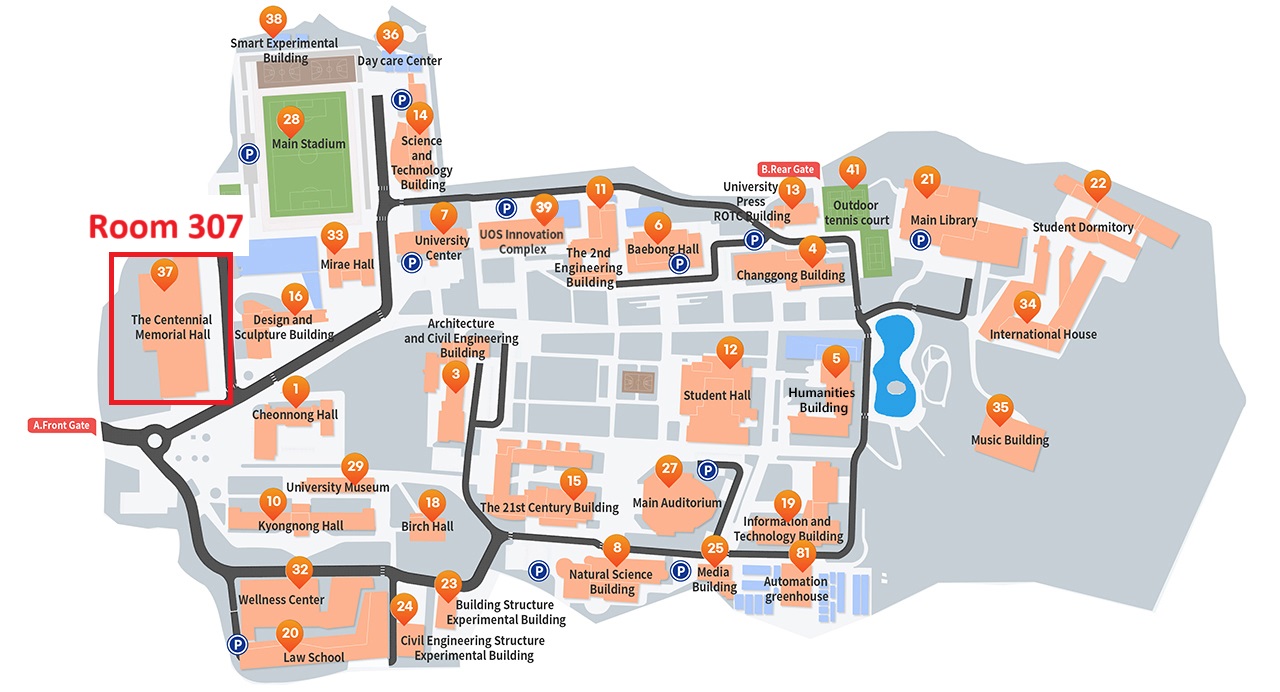
Excursion Venue (DMZ Peace Tour)
1. 3rd Infiltration Tunnel
The search for the tunnel started in September 5th, 1974 when a North Korean defector, Buseong Kim, claimed that he was a tunnel engineer and reported the tunnel’s existence in the DMZ area. Three years later, on June 10, 1978, the tunnel was found when the water shot up into the air with sound of explosion in one of the boreholes.
The Third Tunnel is 12 kilometers away from Munsan and 52 kilometers from Seoul. The tunnel is 2 meters in width and 2 meters in height, and it spans over 1.635 meters in length. The passage is wide enough to accommodate up to 30,000 troops an hour. The shuttle elevator to the tunnel operates five times a day, and visitors can look around by riding a monorail without walking down to the tunnel. The DMZ Media Hall is equipped with the high-tech system, and you can watch three-dimensional videos about the history of North-South division and natural ecosystem. The visitors can also look around the symbolic sculptures and souvenir shops.
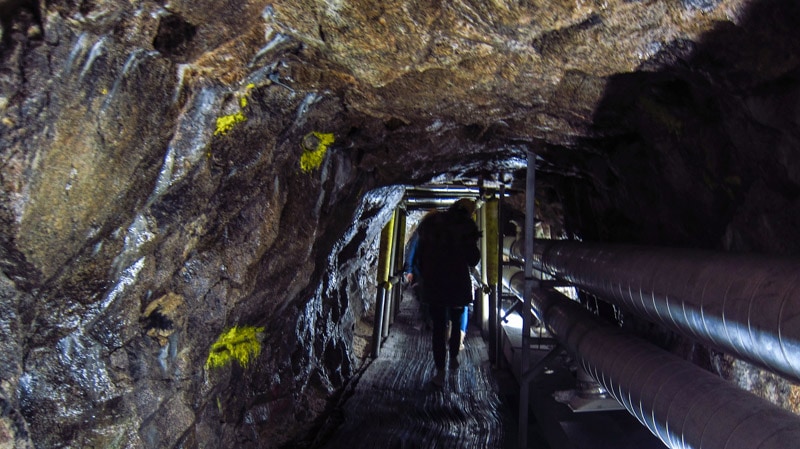
2. Dora Observatory
Dora Observatory was newly built after the closure of Mt. Songak observation post, and it is the northernmost observatory in the South where you can see the life of North Korea.
Dora Observatory is the place where you can use dozens of telescopes to view Mt. Songak of Gaeseong, statue of Ilsung Kim, Gijeong-dong, outskirts of Gaeseong, and Geumam Valley (cooperative farm). When the weather is clear, you can even see the Gaeseong Industrial Complex. Since Dora Observatory is located inside the Civilian Control Zone, general passenger cars are restricted from entering the Dora Observatory. To tour DMZ, it is recommended to use a tour program for Dora Observatory and DMZ.
Inside the observatory, there are additional facilities, including 500 seats, VIP rooms, situation room, and parking area (for 30~40 cars). The observatory was first opened to the public in January 1987. The Dora Observatory was rebuilt at a new location in October 2018, and it became a popular tourist spot visited by more than 800,000 tourists annually, including North Korean refugees and foreign tourists coming to see the site of North-South division. People visiting Civilian Control Zone must bring their ID card.
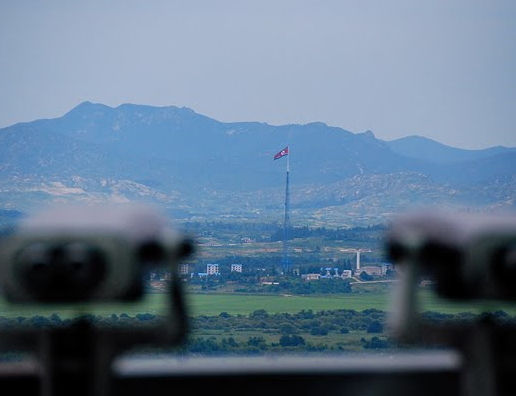
3. Imjingak Park and Free Bridge
Imjingak, located 7km away from Southern boundary of De militarized zone, is now the forefront of tourism related to the Korean conflict. Outside Imjingak, there are Steam locomotive used by military personals or equipment’s during Korean War and Freedom bridge used by exchanging prisoners of Korean War. Freedom Bridge was used to exchange prisoners after the Korean War, so it’s been called “Freedom Bridge”.
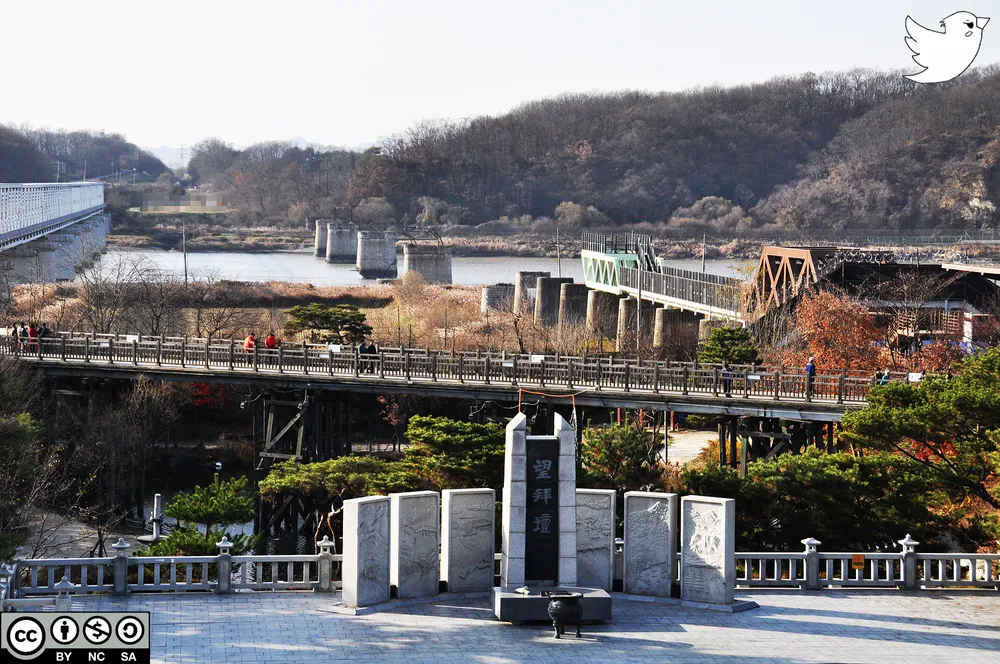
4. Unification Village
Unification Village is a village where 40 former military officer households and 40 displaced residents. The village now has become the base of peace and unification as well as a tourism village.
Unification Village is located inside the Civilian Control Zone, and its serene and peaceful view welcomes the visitors as you pass the checkpoint. In the middle of the village, there is a telescope for viewing the North Korea from the close distance. A shelter is installed right next to the telescope. The village residents have been protecting the air-raid shelters and armory for a long time, you can still find the scars and pains of war all over the village.
